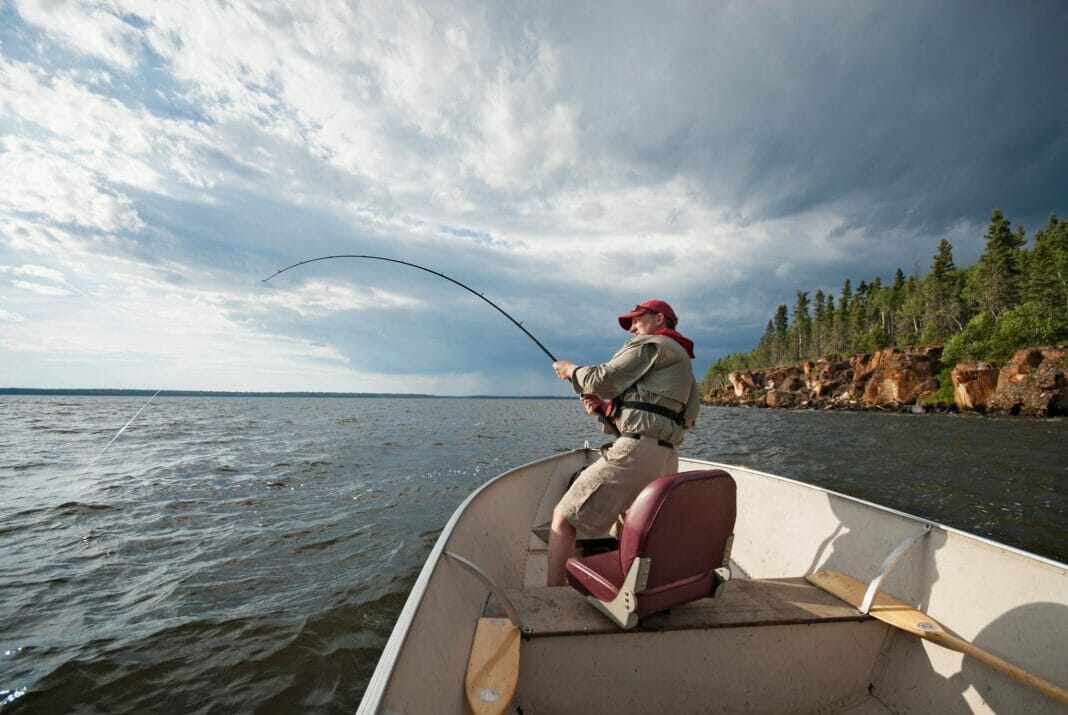As the sun begins to dip below the horizon, you can hear the gentle ripples on the water as it reflects its beauty. You nearly hold your breath, casting out a line that begs for something to take the bait. Suddenly, your rod is bent, and the fight has begun! Catch-and-release fishing is an excellent way to appreciate this thrilling sport without depleting fish populations. Here are six tips on how to do so responsibly and ensure every fish goes back into its habitat safe and sound.
1. Discover Appropriate Gear
Before you even cast your line, make sure you’re equipped with the right gear. Nobody wants to cause unnecessary harm or stress to a fish that they plan on releasing. Here are some tips to follow:
- Use Circle Hooks: These hooks are specifically designed to reduce the chances of deep hooking and gut hooking, which can cause serious injury to the fish. Circle hooks usually only hook the fish in the corner of their mouth, making it easier for you to remove the hook and causing less harm to the fish.
- Opt For Barbless Hooks: Much easier to remove, these hooks, ultimately reducing the risk of hurting the fish. If you don’t have any barbless hooks around, simply flatten out the barb on a standard hook with pliers before you start fishing.
- Make Use Of a Wet, Rubberized Net: This kind of net is much gentler on a fish’s protective slime layer–this slime helps protect them from diseases and infections. Avoid using nets made out of rough materials or ones that are too small for your intended catch.
2. Instruct with Care
Respect the creatures from beneath the depths! Your keen awareness and caution can offer a safe release back into the wild. To minimize handling time, take these precautions:
- Be Prepared: Before bringing your catch to shore, have your camera ready for a swift snap or have the necessary tools on hand to remove the hook.
- Utilize Appropriate Tools: Utilize a fish grip or lip gripper to securely hold the specimen without causing injury or distress. This will make it simpler to speedily remove the hook and set them free.
- Limit Photos: Keep photo opportunities short and sweet! If possible, take pictures with the fish partially submerged or release quickly and admire their graceful swim away.
3. Handle Techniques
Ensuring the wellbeing of your catch in crucial for a successful and responsible angling experience. Adopt these guidelines when handling your catch:
- Lather Up: Before touching them, be sure to wet your hands with water, this creates an extra layer of protection for the fish’s slimy exterior and reduces the chance of harming them.
- No Squeezing Allowed: Never handle fish by their gills, it can severely injure them. Instead, gently cradle it horizontally with one hand supporting its body and the other hand grasping its lip or tail.
- Have a Fish-Friendly Grip On Hand: Whenever possible, equip yourself with a fish-friendly grip tool like a lip grabber to securely hold the fish without causing any harm.
4. Liberate Hooks
Every fish needs a fighting chance, and removing a hook with minimal damage is the key to survival. Here are some tips for success:
- Rely on Needle-Nose Pliers: Make sure you have a good grip on the hook before attempting removal.
- Keep ‘em Submerged: To reduce air exposure, keep your catch in the water as much as possible while freeing it from the bait.
- Cut Deeply Embedded Hooks: If the hook is too far down the gullet or stuck, cut the line close to the mouth. Most of these hooks will rust away over time, giving your creature of the deep its freedom and a brighter future.
5. Revive the Catch
Sometimes, a fish may be depleted or discombobulated after its capture. Revive the fish by:
- Grasp It: Hold the fish softly in the water with its noggin aimed into the current, allowing liquid to flow through its ventilators.
- Sway It Gently: Rock the fish back and forth in the wetness to precipitate retrieval.
- Release: Let go of your catch when it is powerful enough to swim away independently.
6. Obey the Law of the Sea
- Discover Regulation: Before sailing off on your angling journey, take the time to explore and truly comprehend all fishing laws to guarantee that you are in full adherence with the laws of the sea
- Arm Yourself With Knowledge: Adhere to fishing protocol; be aware of size requirements, fish species-specific regulations, and annual limitations to assist in sustaining a healthy underwater ecosystem while shielding our cherished aquatic life.
- Educate Others: Learn the rules and spread the word, teaching your fellow anglers what is expected of them.
If you want to keep your favorite pastime alive, practice these 6 simple steps for responsible catch-and-release fishing. Follow these key guidelines and watch as you contribute to the sustainability of fragile fish populations and their ecosystems. Now, unlock the adventure that awaits, and may your lines always be tight! Happy Fishing!


